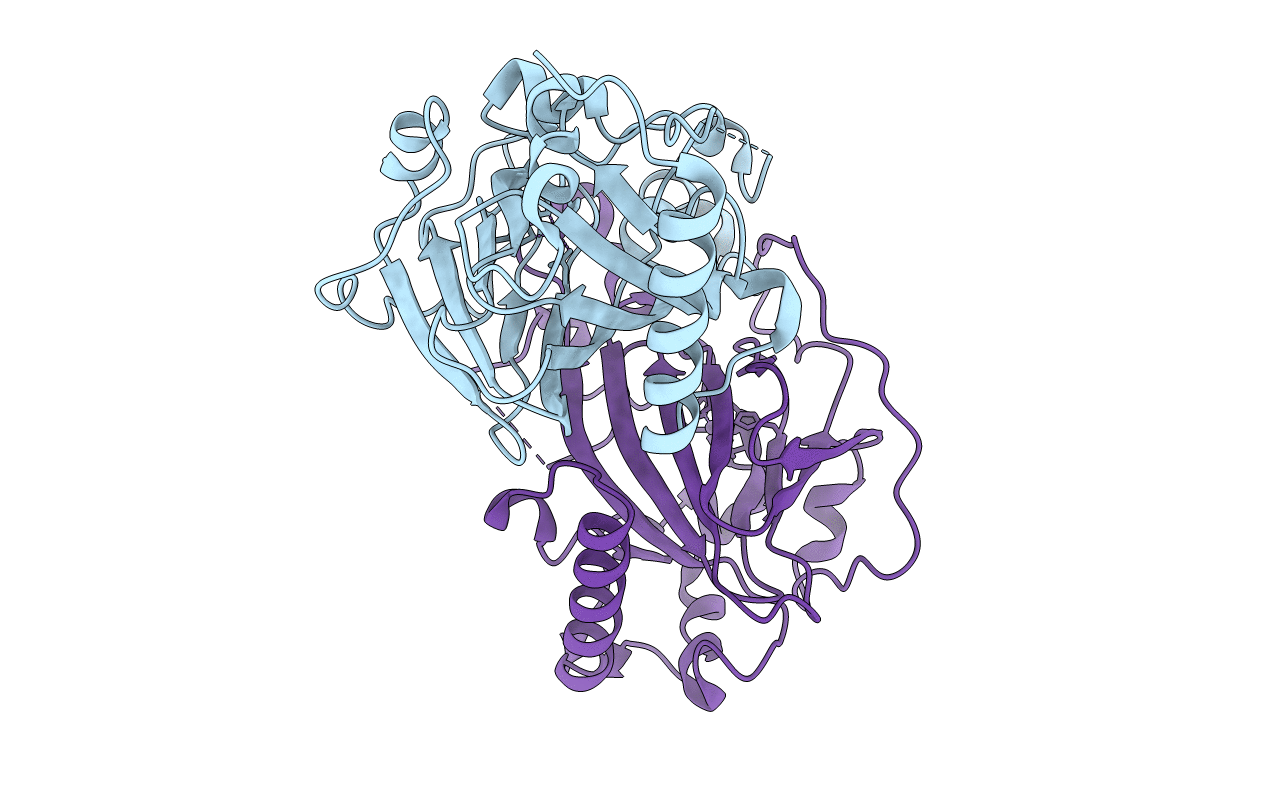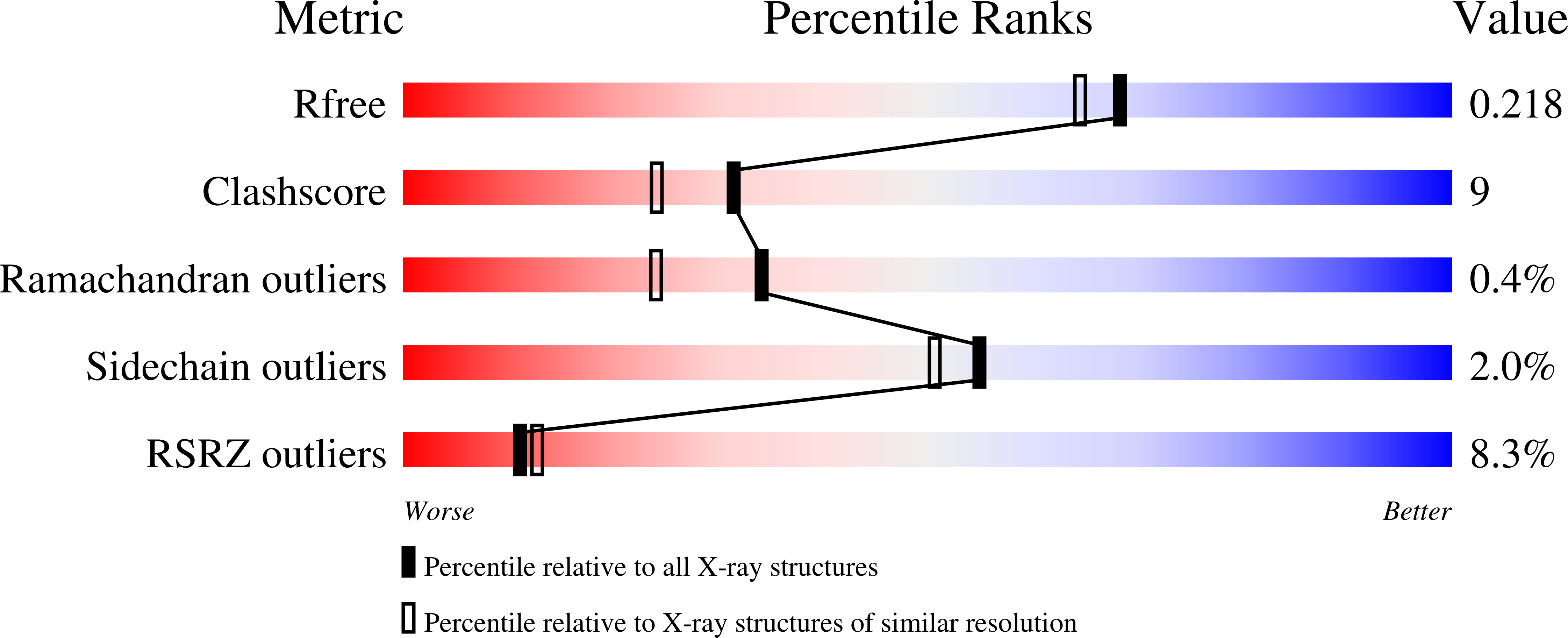
Deposition Date
2014-06-13
Release Date
2015-04-29
Last Version Date
2024-05-29
Entry Detail
PDB ID:
3WW3
Keywords:
Title:
X-ray structures of Cellulomonas parahominis L-ribose isomerase with no ligand
Biological Source:
Source Organism:
Cellulomonas parahominis (Taxon ID: 285079)
Host Organism:
Method Details:
Experimental Method:
Resolution:
1.90 Å
R-Value Free:
0.21
R-Value Work:
0.18
R-Value Observed:
0.18
Space Group:
C 2 2 21


